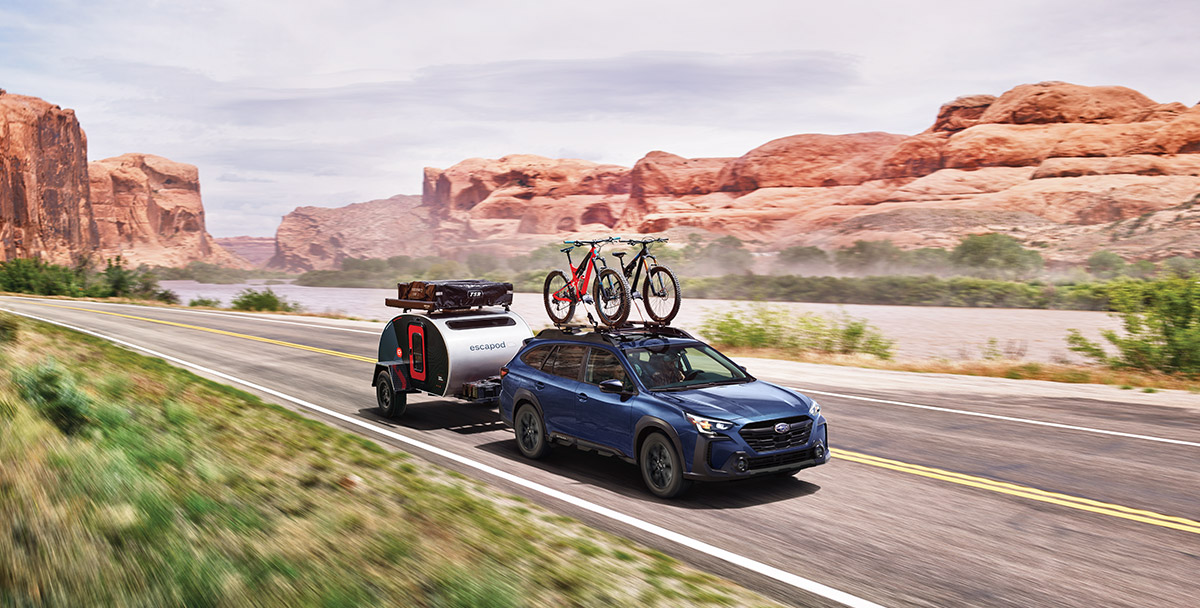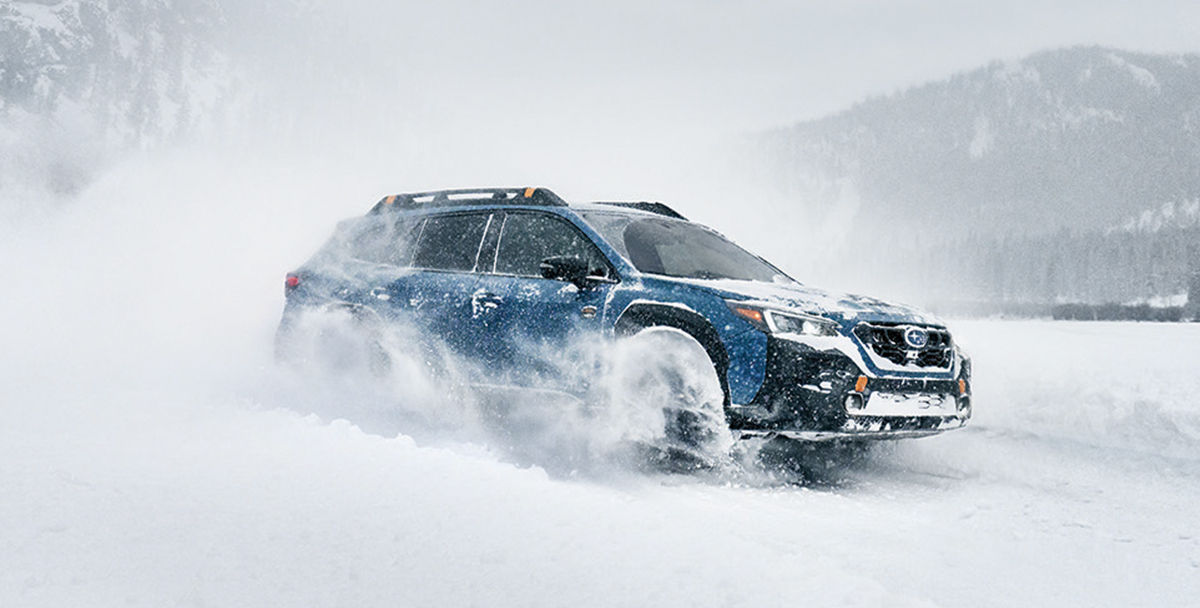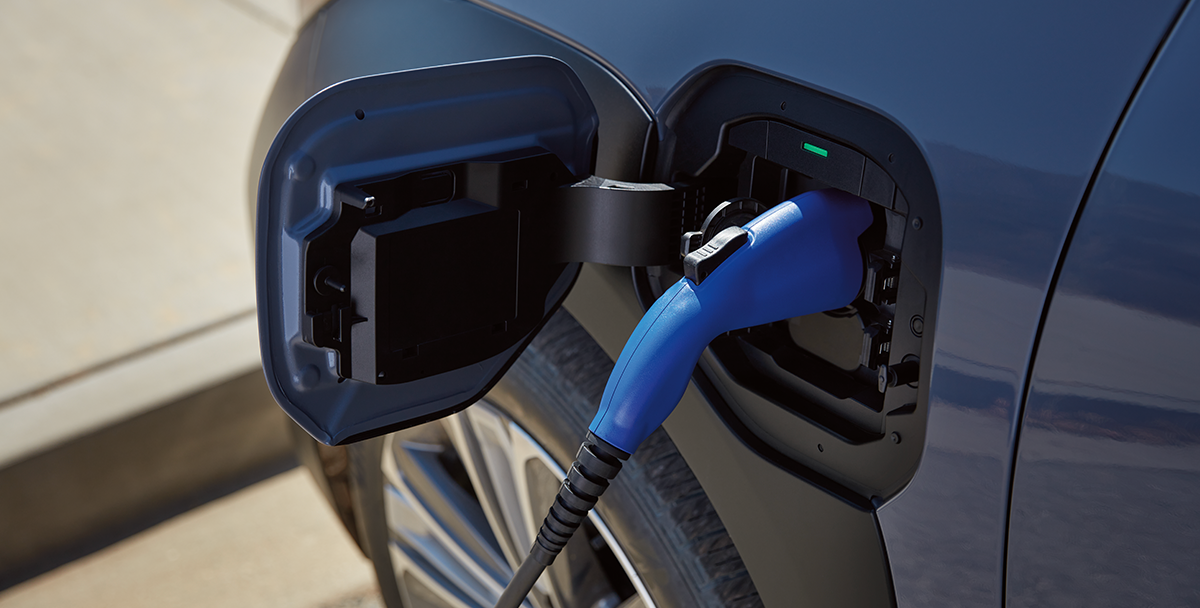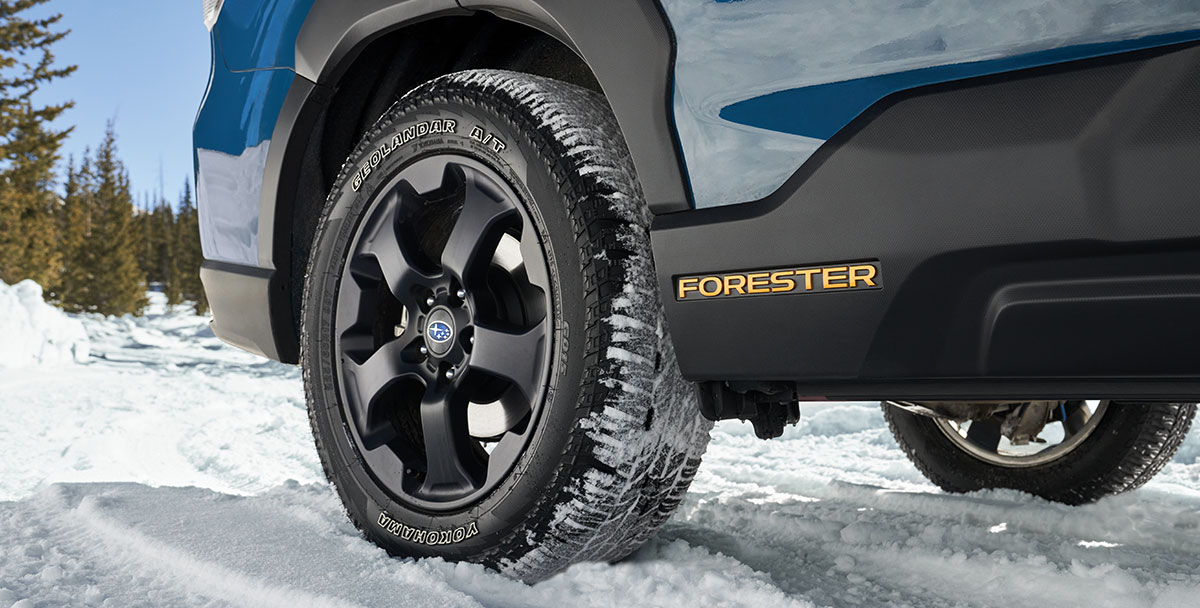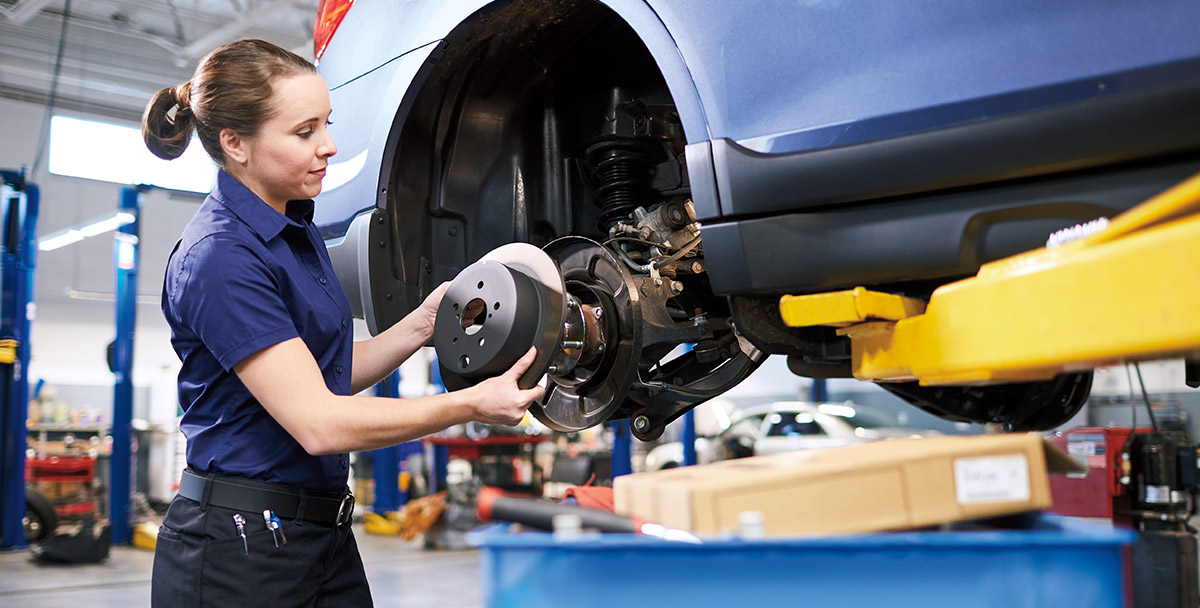When Kaeli Conforti and her boyfriend went overlanding through Australia’s Northern Territory in an old Subaru station wagon, she wasn’t expecting to be eaten alive by mosquitoes every night.
“We didn’t think of getting screens fitted for the windows so we could have proper ventilation at night without mosquitoes getting in,” she says. “It was a trip and a half. I was melting and kept opening the window. My boyfriend kept getting bitten and closing it.”
It was a hard lesson learned and one that many who overland – a type of camping in off-road, remote areas away from standard campground amenities – have experienced. Below, Conforti and other Subaru owners share advice on how to overland successfully.
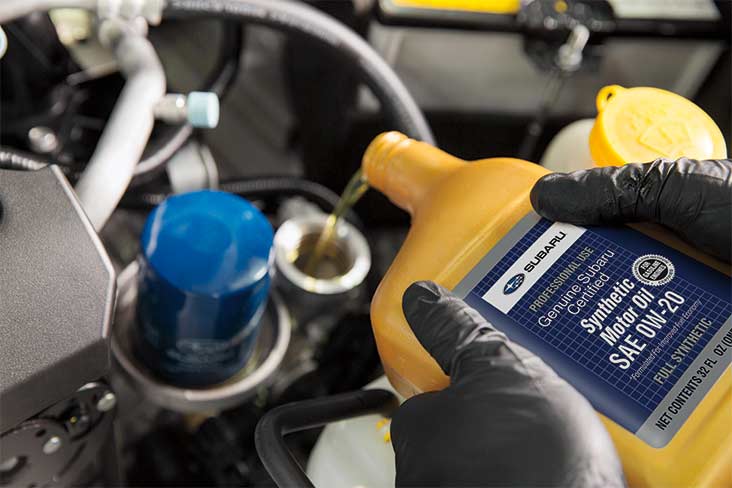
Routine Vehicle Maintenance
Overlanding trips usually last for an extended period and take place in remote areas, which means your Subaru needs to be ready to go without issues. Jeff Maassen, an overlander based in St. Louis who takes about four overlanding trips a year, says being diligent about routine vehicle maintenance is the best way to have a drama-free trip. Oil changes and tire rotations as well as checking your headlights, brakes, and turn signals are all important.
Marc Eslava, an overlander in San Diego with The Rooted Progress, agrees. “Every big trip that I plan, I always have my mechanics look over everything and change the fluids on my vehicle each time,” he says. “In my opinion, overlanding is like backpacking for a car – it’s very harsh on the transmission and engine.”
Eslava also suggests learning about the common failure points on your vehicle so that in case something fails, you know how to fix it on the trail.
Research and Plan Your Route
Aside from knowing where you’re going, planning out your route for each day is essential. “Determine your desired drive times for each day and how long it will take you to get from one place to another,” says Maassen. “Then, locate your plans for camp that night. It can be very stressful searching for a camp spot at night in the dark and finding nothing but closed out camping spots.”
He also suggests utilizing BLM land, as there is a lot of it and it’s free to use. Additionally, Eslava recommends planning your food and water out for the number of days you’ll be overlanding plus planning ahead for cooking equipment.
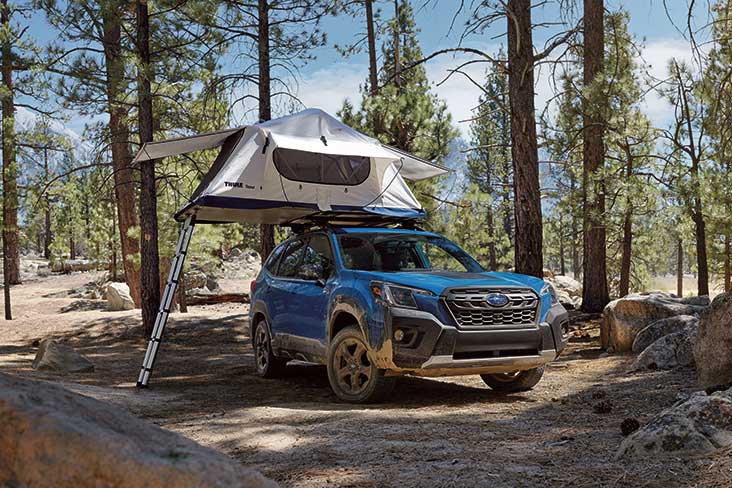
Comfortable Sleeping Setup
“Long overlanding trips are no fun if you are sleep deprived the whole time,” says Maassen. “A comfortable sleeping setup – whether that be a ground tent, rooftop tent, mattress in the back of your wagon or a camper – is a must.” Eslava agrees and calls his rooftop tent “a massive game changer.”
“It improves setup time. Plus, you can fit your sleeping bag and pillows in the rooftop tent when it’s closed, and setup takes seconds to minutes,” he says. You’ll also want a comfortable, reliable sleeping setup in case you get caught in bad weather.
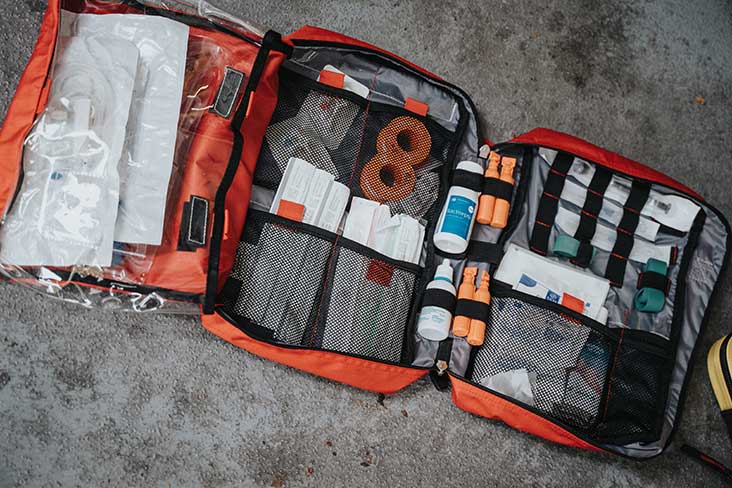
Have a Medical Kit on Hand
Accidents happen, and remote stretches of the world are the last places you need to find yourself without any type of medical supplies. A good medical kit is crucial, especially if you’re miles from the nearest hospital.
“You never know what can happen, and it’s essential to be prepared to handle small emergencies,” says Maassen. Medical kits come in a variety of options with a variety of items, from basics such as bandages, alcohol wipes, and antibiotic ointment to more serious items such as tourniquets and surgical tape.
Eslava suggests checking out kits from Desert Squadron and Just In Case Rescue, which offer simple medical kits as well as more advanced kits for multiple situations.
Invest in Self-Recovery Equipment
Tackling rugged terrain or even desert landscapes means that sometimes your vehicle can get stuck. Self-recovery equipment helps you get out of sticky situations and can even prevent them.
Maassen recommends having traction boards, soft shackles and tow straps, for starters, as these items would help you get your vehicle out of sand, snow, mud and other tough spots. Eslava agrees and further recommends skid plates to protect your engine and a jump starter for your car battery.
Use the Overlanding Community
If you need help with any aspect of overlanding – from vehicle modifications and gear recommendations to preferred overlanding spots and advice on remote camping – consult an overlanding community. “I learned most everything that I mentioned about overlanding through friends who I have met in the community,” says Eslava.
Conforti also says she learned a lot from finding an overlanding community while overlanding. “We would all be talking about road trip tips at the hostel, and some overlanders were more experienced than me when it came to this kind of travel,” she says.
One final point to go alongside community: Never go out overlanding alone, especially as a beginner. “Always bring a friend or a more experienced overlander, and use the multiple communities out there,” says Eslava.
